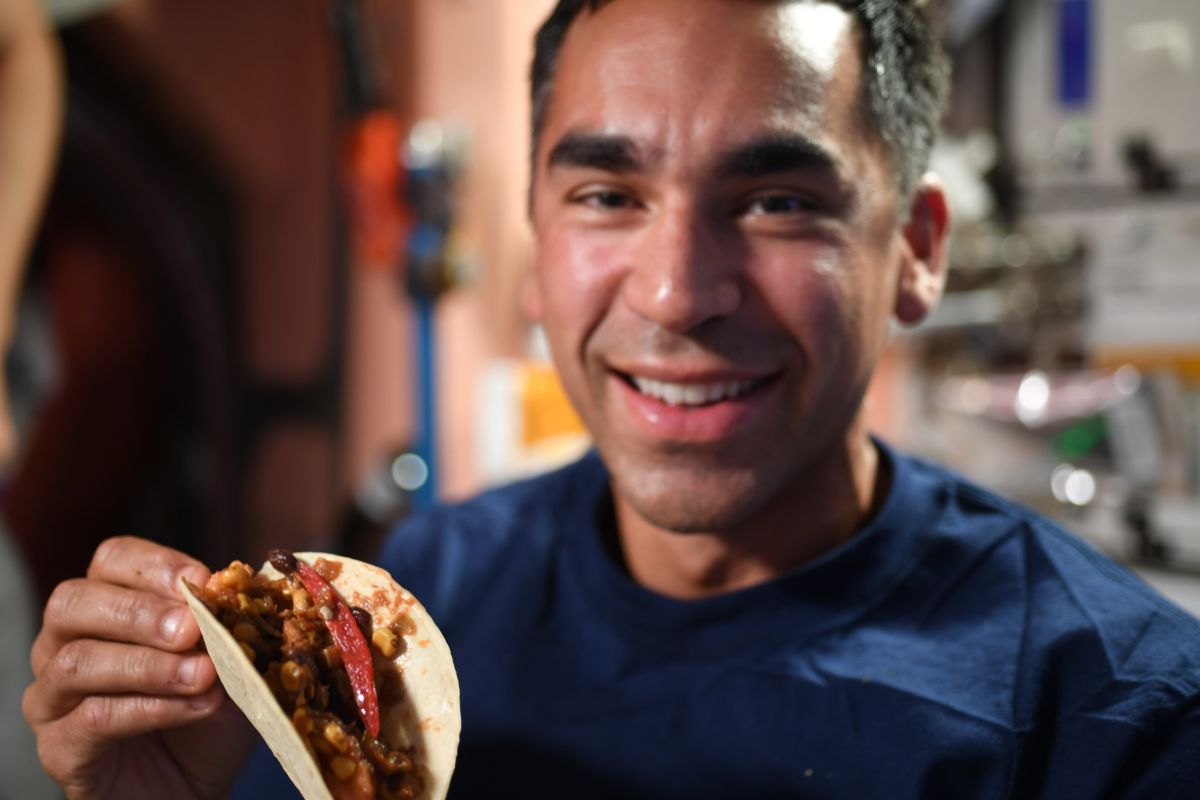NASA astronauts celebrated A. Taco Night on the International Space Station, Their second and final record crop of chili in space for the Plant Habitat-04 experiment.
Prepared by NASA astronaut Mark Vandy is 12 green chili peppers Returning to Earth, the crew ate the rest. Some team members completed surveys as part of the data collected and provided feedback on chili peppers.
When the chili returns to Earth, the PH-04 team will analyze the data collected. The results will help to show the effect of microgravity on the yield.
“Our goal is to enable the production of viable and sustainable crops for future missions as people explore the Moon and Mars,” said Matt Romain, PH-04 principal investigator at NASA’s Kennedy Space Center.
Growing chili peppers in space is the longest-running vegan experiment in the history of the International Space Station. Chili pepper was grown as part of the Plant Site Study 04 (PH-04) completed 137 days after its appearance.
It was about cultivating a A hybrid variety of hot peppers called NuMex “Española Enhanced” peppers.
In June, a science craft containing 48 disinfected pepper seeds was launched to the space station. The first pepper was harvested on October 29. The Habitat-04 plant concluded on November 26 with a second harvest.

The crew ate the first crop. NASA Expedition 65 astronaut Megan MacArthur added peppers to a taco made with fajita beef, sun-dried tomatoes, and artichokes.
“The level of excitement about the first space and fashion nails was unprecedented for us,” Romain said.
During the experiment, all but four of the germinated plants were removed, giving each plant enough room to grow, in a total area the size of a large microwave oven.
especiallyAnd Plants grew similarly on the space station and on Earth, although there are some differences due to microgravity.

Pepper was about two weeks late on the space station. We believe this is due to the delay in germination, which may be related to fluid challenges in microgravity,” Rommen said.
Microgravity can have an effect on capsaicin levels in peppersBecause space-grown chili was spicier.
Pedicels, extension The stems connecting to the flowers and fruits were not curved as seen on the groundInstead, it was completely straight, which is the effect of microgravity.
Since 2015, astronauts have eaten nine types of leafy greens grown in the vegetable growth chamber, as well as two crops grown in the APH chamber: radishes and peppers.
Following the success of PH-04, upcoming edible crop trials include growing dwarf tomatoes and testing new types of leafy greens.
It may interest you:
NASA grows the first chili peppers in space and astronauts taste them in tacos
Heinz created “Mars Edition” tomato sauce made with tomatoes grown in conditions similar to those on Mars.
5 things that happen to your body when you eat spicy foods

“Problem solver. Proud twitter specialist. Travel aficionado. Introvert. Coffee trailblazer. Professional zombie ninja. Extreme gamer.”




More Stories
With a surprise in the case: a strange cell phone from Nokia was introduced
PlayStation Stars: what it is, how it works and what it offers to its users | Sony | video games | tdex | revtli | the answers
t3n – Digital Pioneers | digital business magazine